James Tissot The Old Testament By Daniel Ankele Copyright 2015

Ankele Publishing, LLC
All Rights Reserved Biography James Jacques-Joseph Tissot was born in 1836, in Nantes in a seaport on the French coast. He was a French painter and illustrator. His father, Marcel Thodore Tissot, was a successful drapery merchant. His mother, Marie Durand, assisted her husband in the family business and designed hats. Both devout Catholics, Tissot's mother instilled pious devotion in the future artist from a very young age. The Bible say's "Train up a child in the way he should go, And when he is old he will not depart from it." His Christian training would later be the catalyst for his most successful and prolific series of work, illustrating the 'Holy Bible.' James Tissot's seaport upbringing established an affinity and curiosity for all things nautical, and contributed to his ability to accurately paint riggings and shipboard scenes.
Tissot's early artistic pretensions did not impress his father, prompting him to send young Jacques to a Jesuit boarding school. In 1856, Tissot went to Paris to train at the Ecole des Beaux-Arts in the studios of Hippolyte Flandrin and Louis Lamothe. There he met the young James McNiell Whistler, one of the most celebrated artists of the 19th century and founder of Tonalism. Around the same time he met Edgar Degas, the Impressionist painter. In 1859, Tissot exhibited in the Paris Salon for the first time. He showed five paintings of scenes from the Middle Ages, many depicting scenes from Goethe's Faust .
In 1864, Tissot exhibited his oil paintings at the Royal Academy for the first time, suggesting that he realized the potential of London as a source of wealthy patrons. Tissot inherited the shrewd commercial instincts of his father that helped him become a painter-entrepreneur. In 1870, the Franco-Prussian war broke out. Following the defeat of France, and the occupation of Paris. Tissot fled to England in 1871 as a guest to the Editor of Vanity Fair. In England his success led to critics describing his paintings as "depictions of the nouveau-riche." Regardless of the critics, Tissot became a significant figure socially and bought a house in St.
John's Wood, where he lived for the rest of his time in London. In 1875, Tissot met Kathleen Newton, a divorcee who became the painter's companion and frequent model. She gave birth to a son, Cecil George Newton in 1876, who is believed to be Tissot's son. She moved into Tissot's household in St. John's Wood in 1876 and lived with him until her death by suicide in the late stages of Tuberculosis in 1882. Tissot was devastated by his loss, and never really recovered from it.
For the next three years Tissot continued to paint, mainly attractive, beautifully dressed women in opulent surroundings. This lead to what was later called 'The Conversion of a Modern Paul.' The wonderful conversion of Paul, the Pharisee, on the Damascus highway, when he saw Christ face to face, was no more real than the conversion of James Tissot, the artist, in the cathedral, where he too saw Christ face to face. Paul had a passion for persecuting the Christians. Tissot loved frivolity and dissipation. Paul was ambitious for place in the Sanhedrin. Tissot regaled himself on the surface of Parisian society.
Paul, breathing out threatening and slaughter, and armed with authority, was on his way to persecute the Christians, when Christ appeared before him. Tissot, contemplating a series of pictures of Parisian women, was making a study of choir girls, in a Parisian house of worship, when Christ appeared before him. There in church, not to worship, but to study, yet with bowed head, James Tissot had a vision which ever remained one of the realest factors in his life. He has told us that he saw amid the ruin of a great castle an overburdened and disheartened man and woman. The man, dropping his burden, was "vainly attempting to comfort his despairing wife. Then came into the vision a central figuresuch a face and form as he had never beheld.
The stranger came to the pair with sympathetic mien. He told them he had walked their way, lived their life, carried like burdens; but He also knew the way of hope. He said: "I have only the deepest love for you, and for all humanity. I have the secret of the world's salvation. I have the remedy for your sin, and your burden bearing!" The stranger was no other than the thorn-crowned. Behold the Son of God! Young Tissot returned to his studio that Sabbath afternoon and took up his brush.
But he could see no choir girls. His gay society women had vanished! His brush had lost its cunning. He was as totally blind as Paul had beenblind to the things he once loved. He could not eat. He could not sleep. "I have failed," he cried, "I have failed! I cannot paint that face!" He left the painting and went alone before God. "I have failed," he cried, "I have failed! I cannot paint that face!" He left the painting and went alone before God.
There, on his knees, with his face toward the cross, he, like Paul, surrendered to the Christ. He had found his mission no less than had Paul. As Paul could never do aught again but preach to a lost world, so Tissot said, "I can never again paint anything other than the message and mission of my Lord to this lost world." Paul thought he was to preach the gospel in Jerusalem, but he heard a voice ever calling him on and on, making him the apostle to the Gentiles. Tissot thought he could become a religious painter in Paris. But as Paul went out from Palestine to carry the good news, Tissot found that he must go into Palestine and live in the land where Jesus lived, walk the pathways where He trod. There, in that wondrous land, for ten years he lived, learned the unchanging customs and manners of the people, and on the hillside and in the valley, by Galilee and Jordan, on Hermon and Olivet, from Nazareth and Capernaum, to Bethlehem, Bethany and Jerusalem, "Over whose acres walked those blessed feet," he traveled, prayed and painted, until he had produced his Life of our Lord in five hundred sketches and paintings.
He has left us his own impression of those wonderful days, how again and again his hand trembled that he could not hold his brush, and his eyes filled with tears that he could not see his canvas, how Jesus drew near to him, and gave communion sweet. No wonder his work seemed to breathe the very life of the Son of God! Little wonder that in great centers where the pictures were afterward exhibited, revivals of religion broke out! James Tissot had produced a gospel of the Son of God, which still kindles human hearts who are privileged to look upon it with eyes of sympathy and faith. He has gone on to join his Lord in the larger service of eternity. His work lingers, telling not only the story of the Lord's passion, but his own passion for his Lord, and the power of Jesus Christ to save for the highest those who humbly seek to do His will. GENESIS  The Creation 1896-1902 Gouache on board 20.7 24.6 cm The Jewish Museum, New York, United States
The Creation 1896-1902 Gouache on board 20.7 24.6 cm The Jewish Museum, New York, United States  Adam Is Tempted by Eve 1896-1902 Gouache on board 25 17.6 cm The Jewish Museum, New York, United States
Adam Is Tempted by Eve 1896-1902 Gouache on board 25 17.6 cm The Jewish Museum, New York, United States  God's Curse 1896-1902 Gouache on board 18.5 26.3 cm The Jewish Museum, New York, United States
God's Curse 1896-1902 Gouache on board 18.5 26.3 cm The Jewish Museum, New York, United States 
Next page
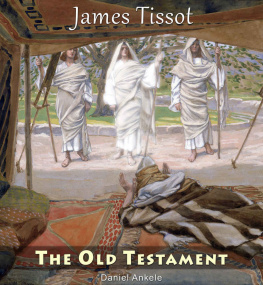
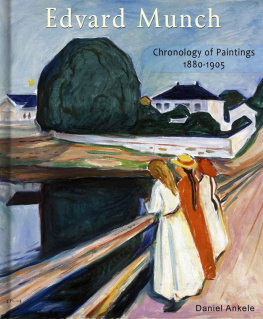
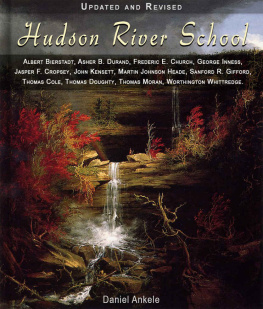

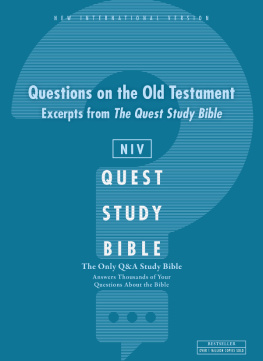

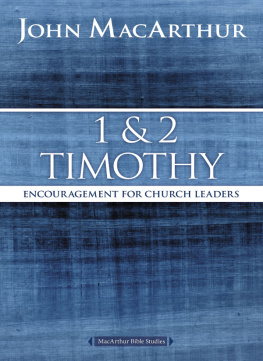

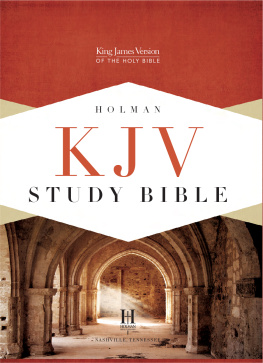
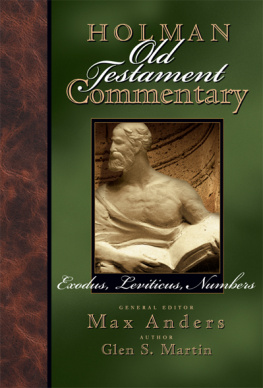
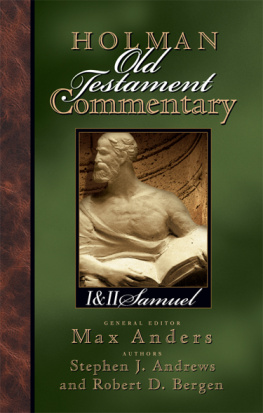
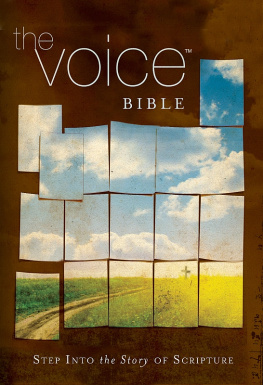
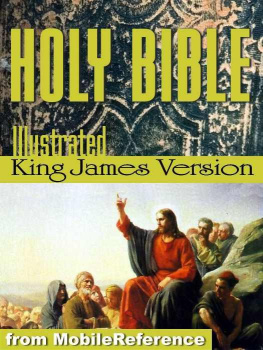

 The Creation 1896-1902 Gouache on board 20.7 24.6 cm The Jewish Museum, New York, United States
The Creation 1896-1902 Gouache on board 20.7 24.6 cm The Jewish Museum, New York, United States  Adam Is Tempted by Eve 1896-1902 Gouache on board 25 17.6 cm The Jewish Museum, New York, United States
Adam Is Tempted by Eve 1896-1902 Gouache on board 25 17.6 cm The Jewish Museum, New York, United States  God's Curse 1896-1902 Gouache on board 18.5 26.3 cm The Jewish Museum, New York, United States
God's Curse 1896-1902 Gouache on board 18.5 26.3 cm The Jewish Museum, New York, United States 